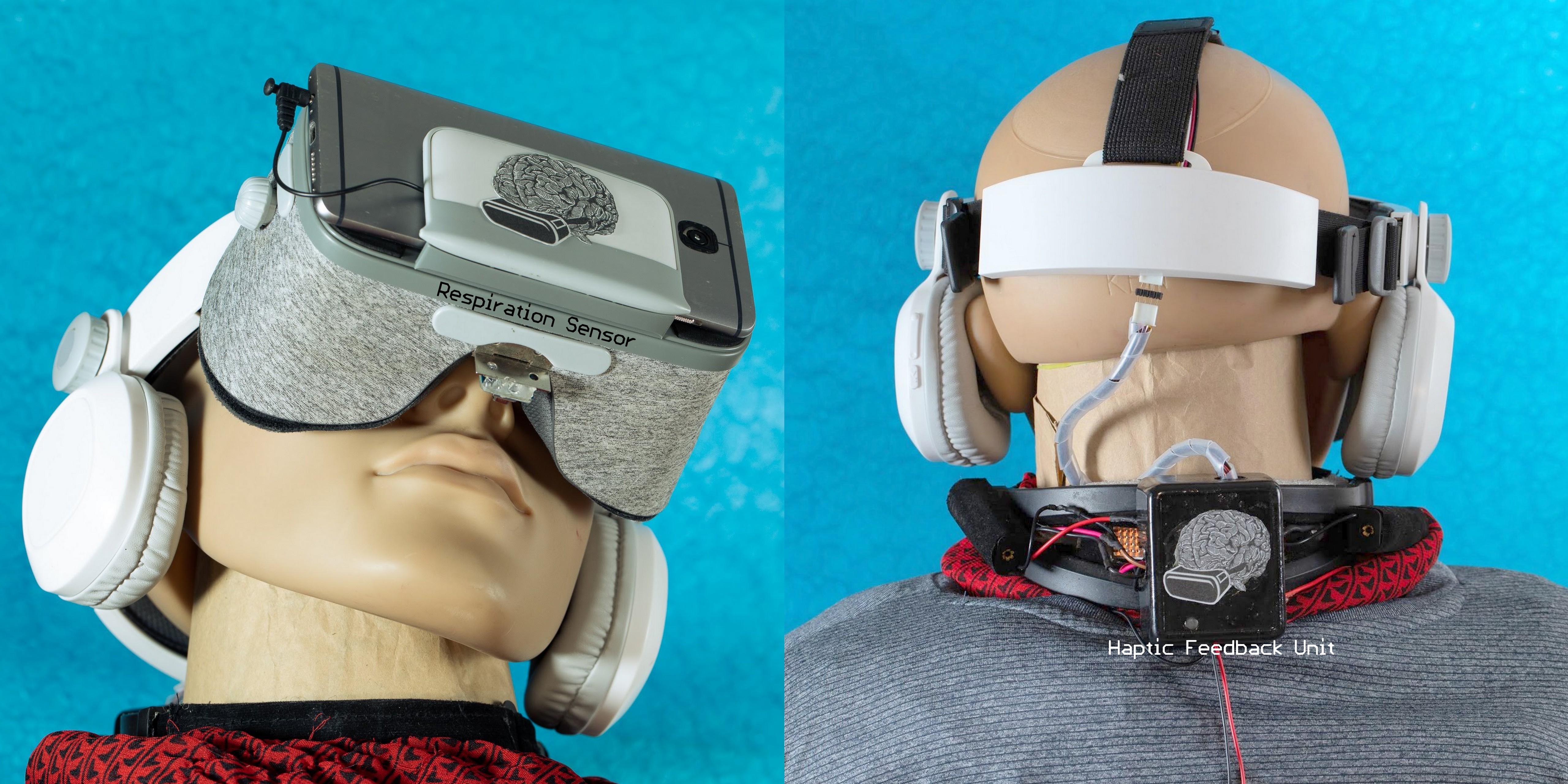
Proto1 Implementation of NeuroCuddl (Left: Respiration Sensor & VR, Right: Haptic Feedback Unit)
Why?
Depression, Anxiety and chronic stress are among the most common and highly debilitating mental ailments which affect people across different demographics and ages. Over long term it can increase chances of destructive behavioural tendencies such as substance abuse and suicidal tendencies. Mental ailments have huge costs on both a personal level and societal level. There is a need for an effective prevention and long term treatment programs that are tailored to an individual. Virtual reality (VR) has been used for decades as a tool for psychotherapists to aid people with Post Traumatic Stress disorder and adverse phobias existing systems. This performed by usage of exposure therapy which allows a person to experience the scenario in a safe and controlled manner helping release anxiety and other symptoms. Large scale adoption in recent years has been due to advent of affordable Virtual Reality headsets. VR therapy alone however is not a complete solution. Lack of biophysiological sensing hampers assessment of a given therapy’s effectiveness. Many VR therapy apps do not take advantage biofeedback mechanisms(Respiration/Heart Rate Variability) which have been widely used for other mental health treatments. Further a lack of patient specific modulation of the stimulants provided to patient reduce effectiveness of therapy. Body haptic feedback is a significant component that is lacking in current VR therapy. Far too often pseudoscientific and vague therapeutic methods marketed to people suffering from mental ailments and there is no reliable metric that comes along with those methods which allow users to gauge their mental state. Zen based relaxation techniques and other eastern approaches to relaxation are hindered by lack of access to a proper trainer to provide feedback in home sessions. Our goal with NeuroCuddl is to create an open platform that can use validated and data backed approaches to aid themselves and be customizable to serve them better.
With a reliable base platform and support for expansion we believe the community can develop “experiences” or adding other sensors(Electrodermal Activity? Facial EMG?) or actuators.
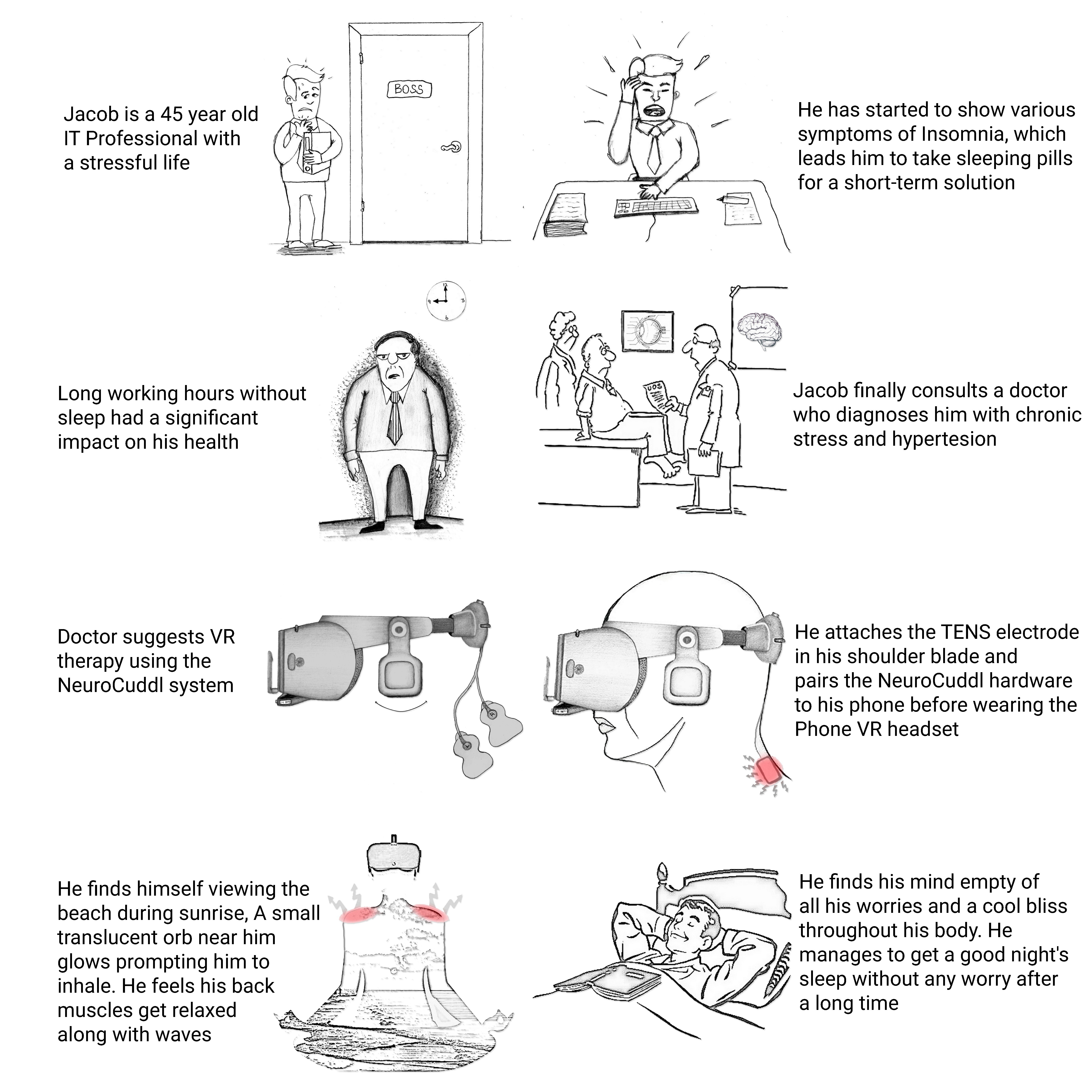
Fig 1: Storyboard sketch shows how NeuroCuddl helps Jacob by solving his physical and mental health related problems
How?
Our solution would use a combination of validated techniques for to provide relief. Biofeedback, A validated approach for mental wellness would form the basis of a patient specific training regimen and provide feedback in form of thermal & muscular and audio-visual stimulation provided by the a haptic unit (Thermal and Muscle stim) and a VR headset respectively.

Fig 2A: Sketch of the proposed solution
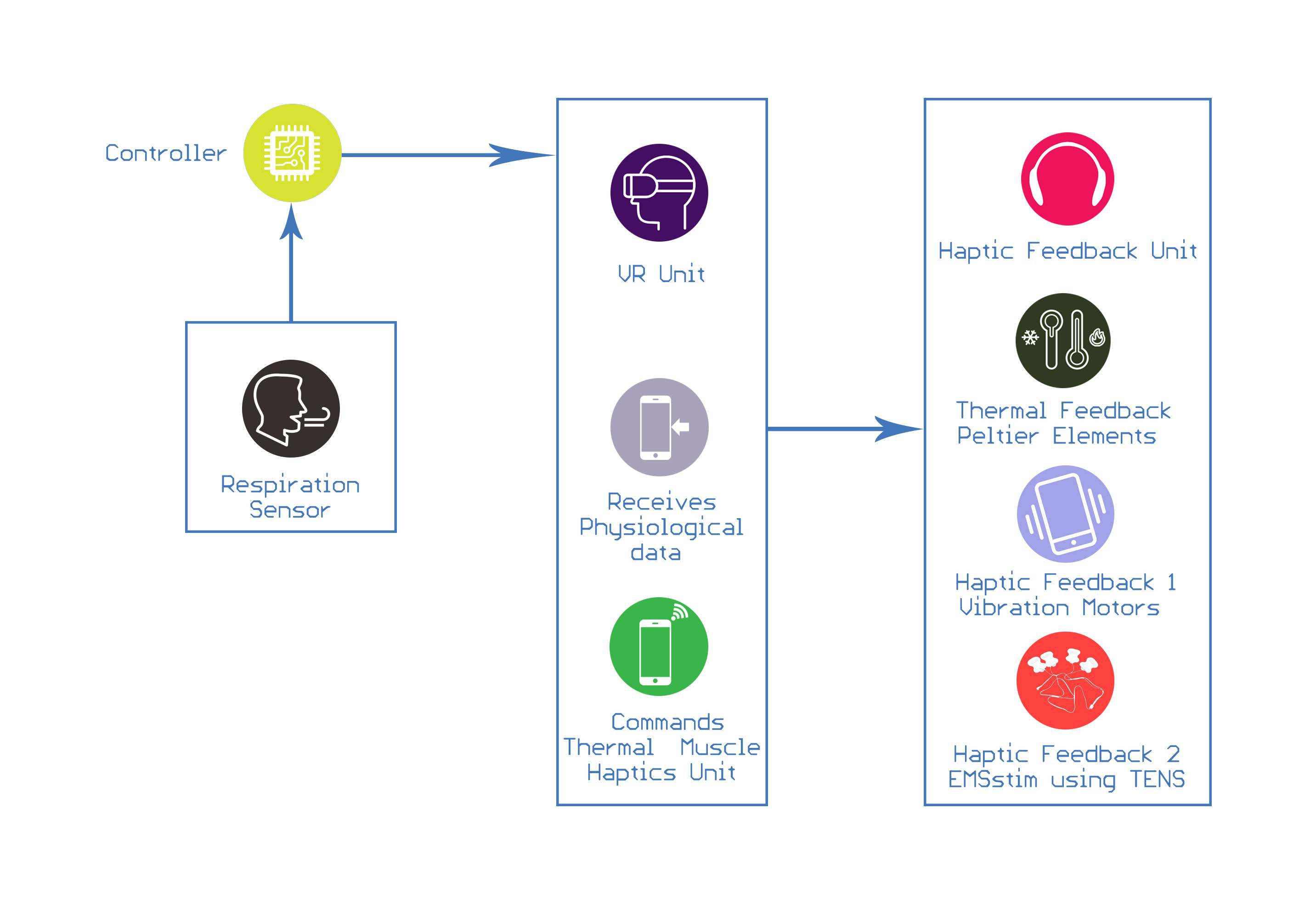
Fig 2B: Overall Architecture of NeuroCuddl
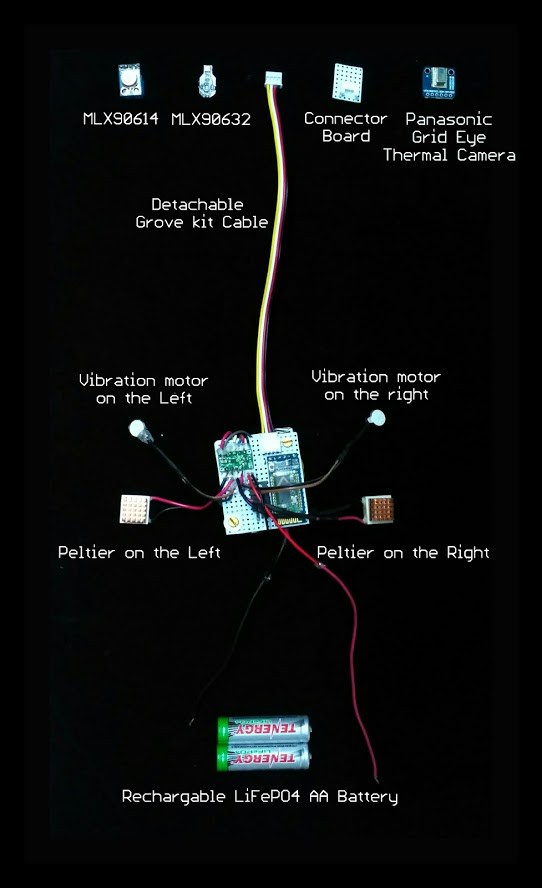
Fig 2C: Layout of the Haptic Feedback Unit - Proto1
The system envision would complete the feedback loop as shown below, the existing solutions looked at the top half of the breathing feedback loop only providing stimulation. By providing sensory reaction back to system, we hope to improve compliance and performance of the system.
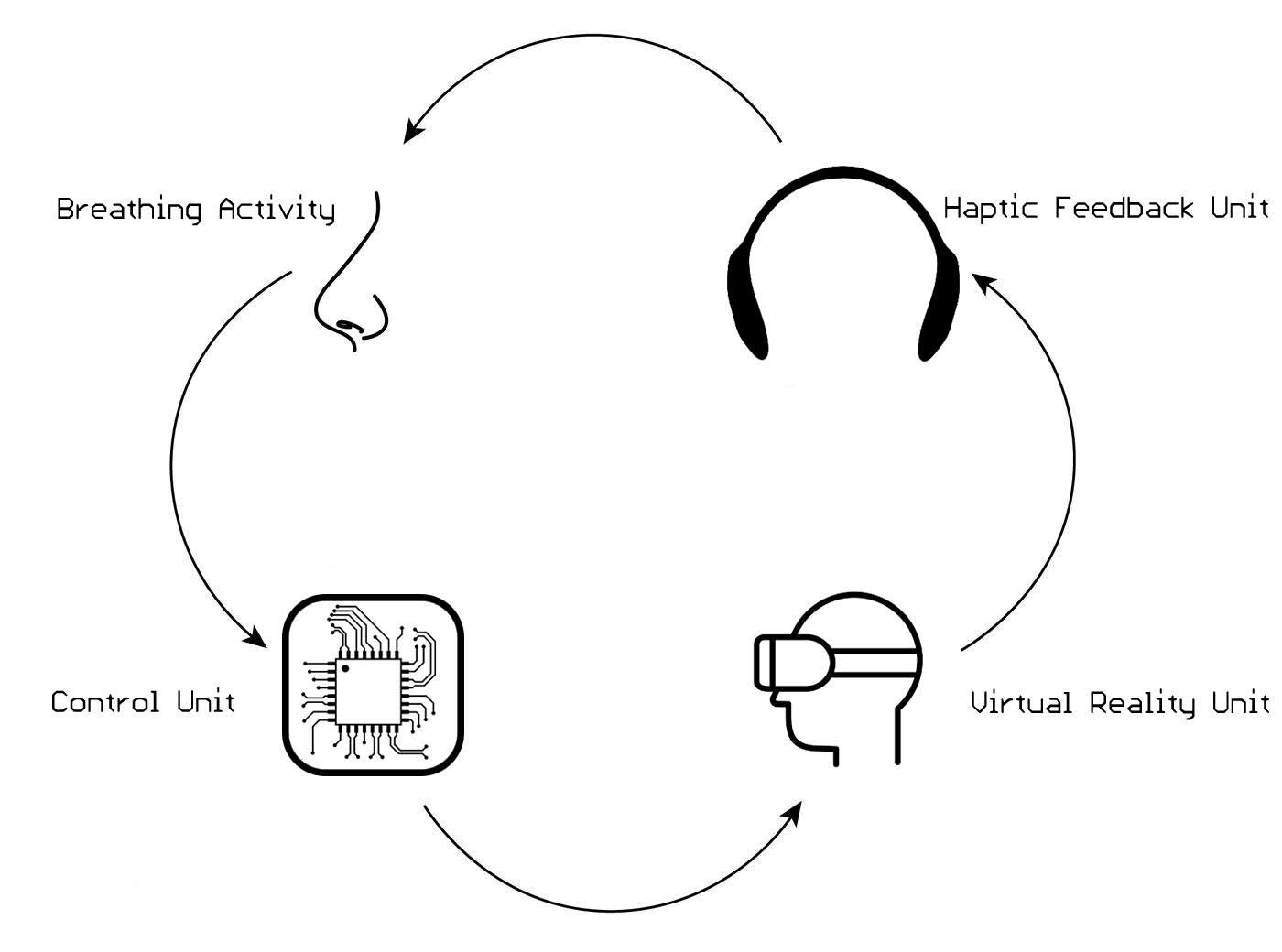
Fig 2D: Brief layout of how the various systems would interact with each other
Biofeedback & Mental State assesment:
Biofeedback is a technique which uses provides a person awareness on immediate and continuing signals due to a bodily function that the user is not usually conscious of. Biofeedback techniques are well known to facilitate treatment for a wide variety of disorders with a psychosomatic symptoms such as hypertension, chronic pain, anxiety and depression, and in many cases the results obtained have been notably positive. During biofeedback therapy, a patient learns relaxation techniques and mental exercises that allow them to lower their blood pressure or regulate their physiology. Breathing is among the most fundamental physiological functions of the human body and has a significant role in physiological regulation and biofeedback. From an evolutionary perspective, breathing is closely linked to emotions: it plays an important role in “fight or flight” responses. While signals such as heart rate and electrodermal activity (EDA), which measures skin perspiration, can also serve as markers for stress, they cannot be consciously modulated breathing however can easily be modulated. Breathing exercises, diaphragmatic breathing in particular is a well-validated technique to help people relieve stress and tension. Relaxation using breathing exercises with slow and steady breaths are essential for therapy of anxiety disorders and hypertension.
Studies have observed that slow and deep breaths have been linked to positive and calming emotions.
Fig 3: Types of respiration patterns and correlation with emotion (https://arxiv.org/pdf/1802.04995.pdf)
The NeuroCuddl systems aims to guide and reinforce users to perform breathing training through prompts in the VR medium & other haptic feedback and using data from the respiration sensor to complete the feedback loop. However his needs to adaptable to any given user while taking age and sex into account. The state estimation can further be improved by measuring the heart rate variability, EDA and brain activity.
Audio-Visual Stimulation:
Audio-Visual Stimulation is provided using a smartphone based VR headset, the experience we aim to deliver to the user should provide them with relief from their anxiety and stress. The experience should not strain the person excessively and must be simple yet engaging to play. Audio plays a major role in providing mindfulness training and we aim to develop a dynamic music rhythm that is in sync with the user's breathing along with the game audio.
What?
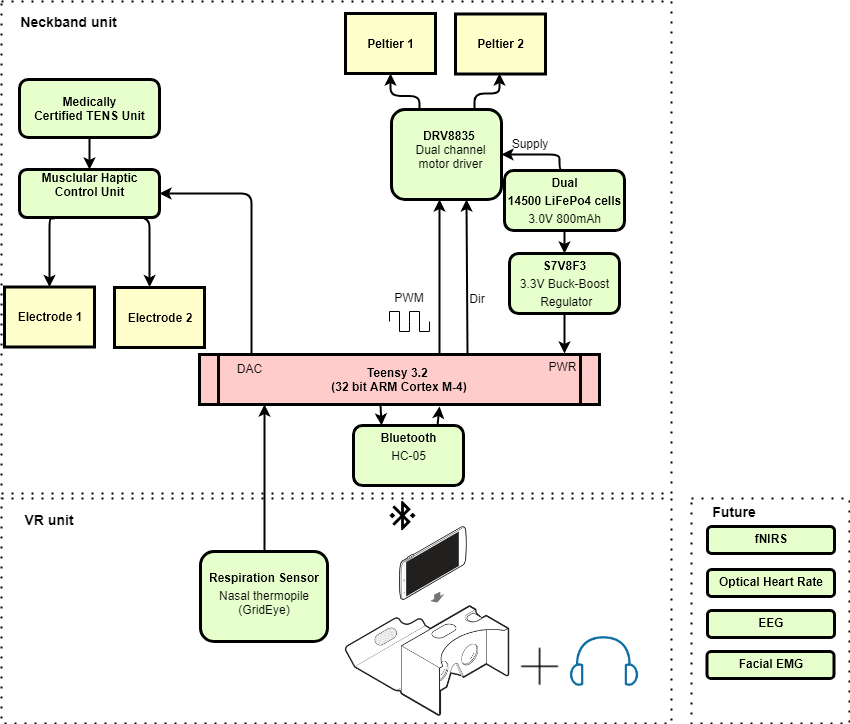
Fig 4: Block Diagram showing various elements ( Peltier Haptic stimulation, Muscle Stimulation, Respiration sensing and Virtual Reality ) in NeuroCuddl
Respiration Sensing:
There are a plethora of sensing modalities for respiration sensing,
The significant ones being:
1. Nasal temperature or pressure
2. Impedance Pneumography
3. Abdominal/Chest EMG or Piezo belt
4. Acoustic Respiration sensing
We are presently evaluating all of the aforementioned methods but due to the key constraint of the project being the comfort and ease of use, Impedance Pneumography and Chest EMG do not fit into this. We are working on the use of piezo based contact microphone to capture respiration sounds from the nostril to extract breathing rate. Measuring abdominal respiration sensing would also be a key factor in the system due the relation of diaphragmatic breathing and relaxation. We have narrowed down the approaches to either acoustic sensing of breathing using a contact microphone and using a noncontact thermal sensor (GridEYE & MLX90632) to sense nasal temperature variations during breathing.
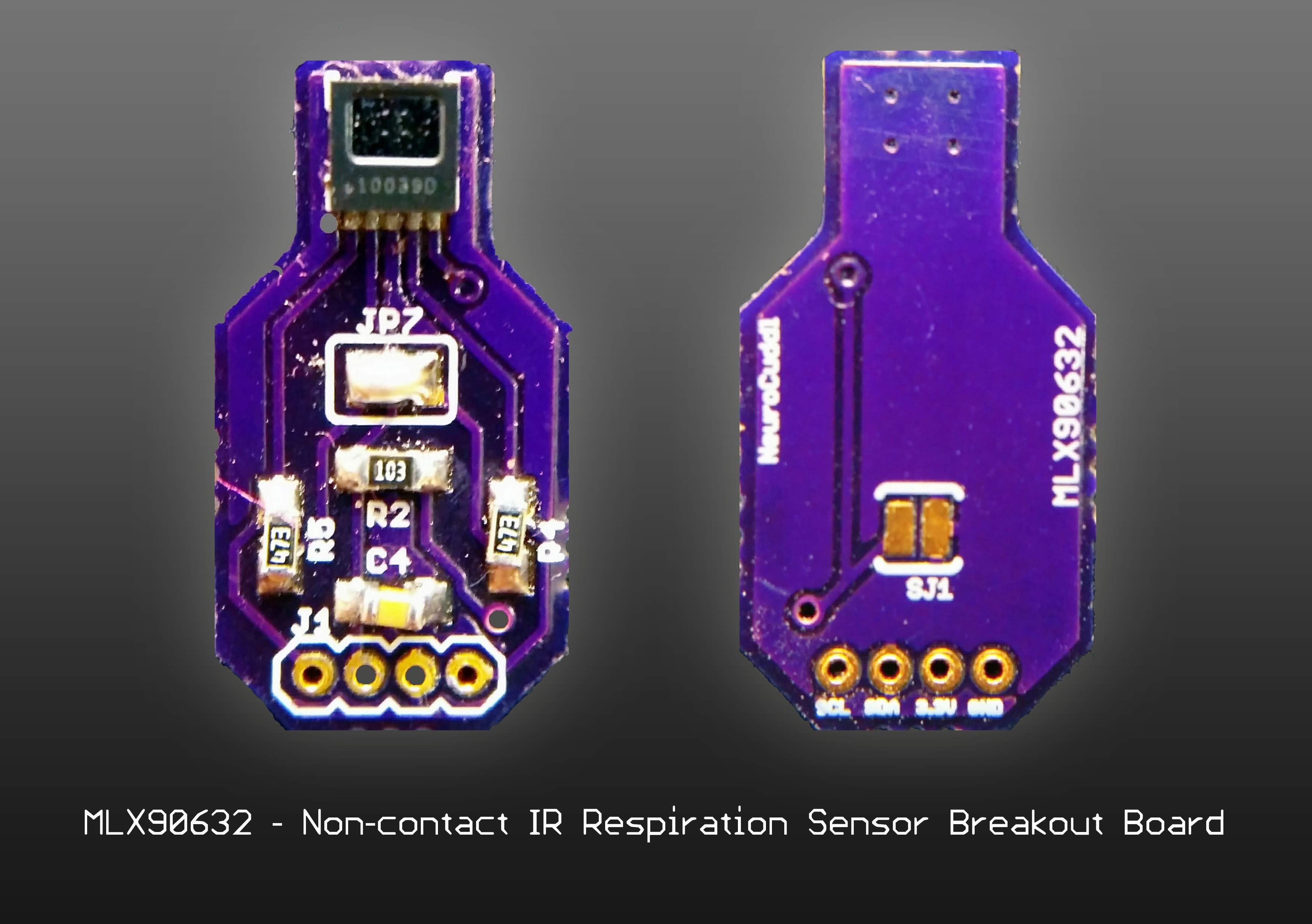
Fig 3: Breakout board of the MLX90632 sensor we use
Here is an example of sensing fidelity of the non contact thermal sensor for picking up breathing,
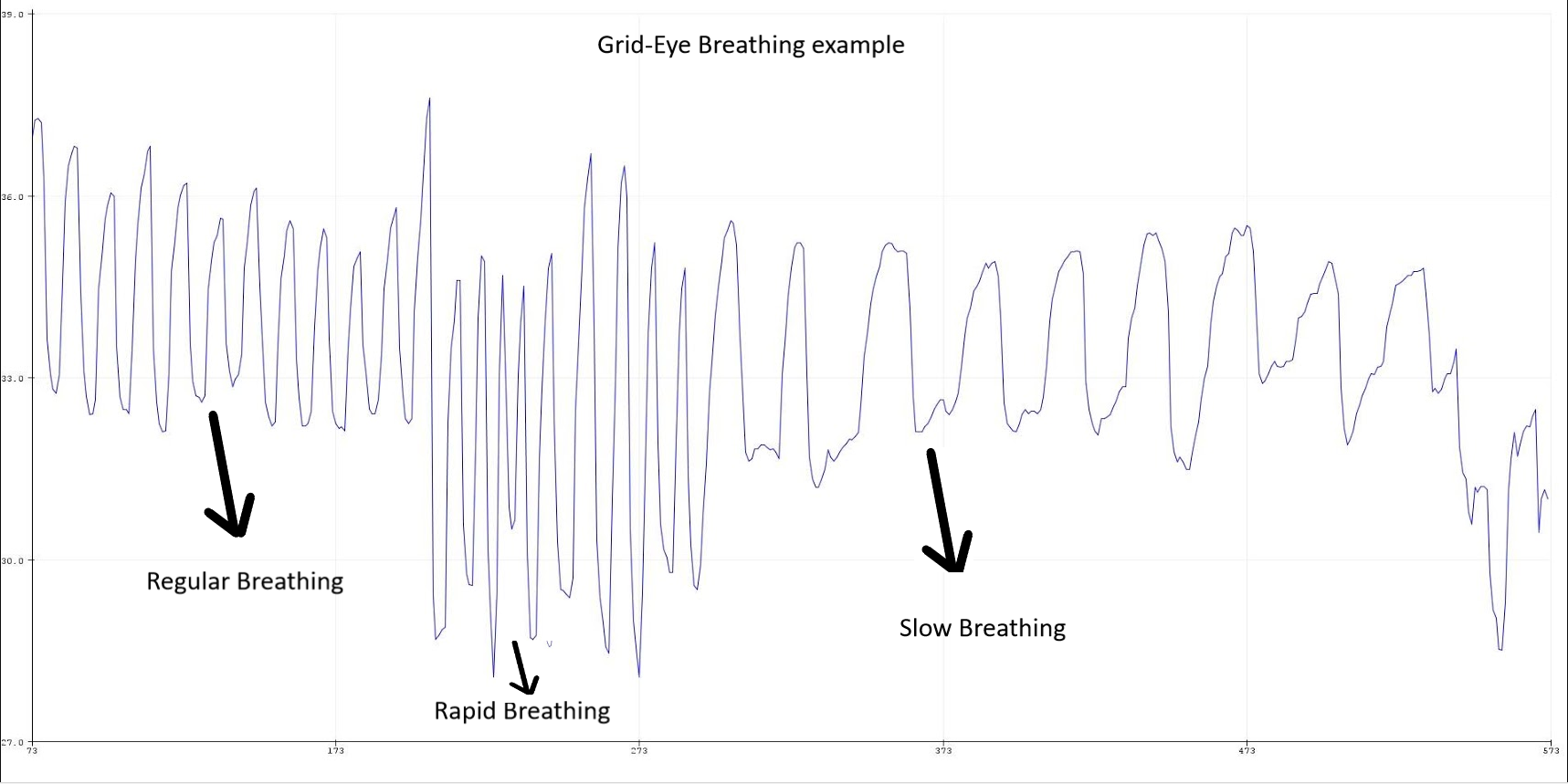
Fig 4A: Breathing effect on nasal temperature tested using Panasonic GridEye sensor
Here is how we have interfaced the noncontact thermal sensor to the VR headset:
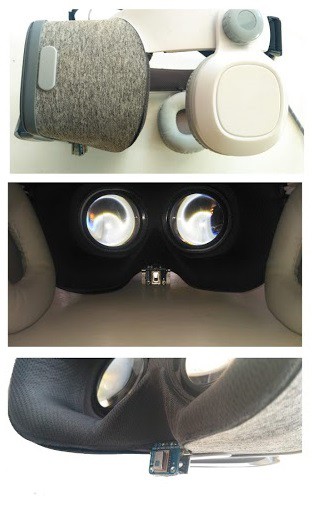
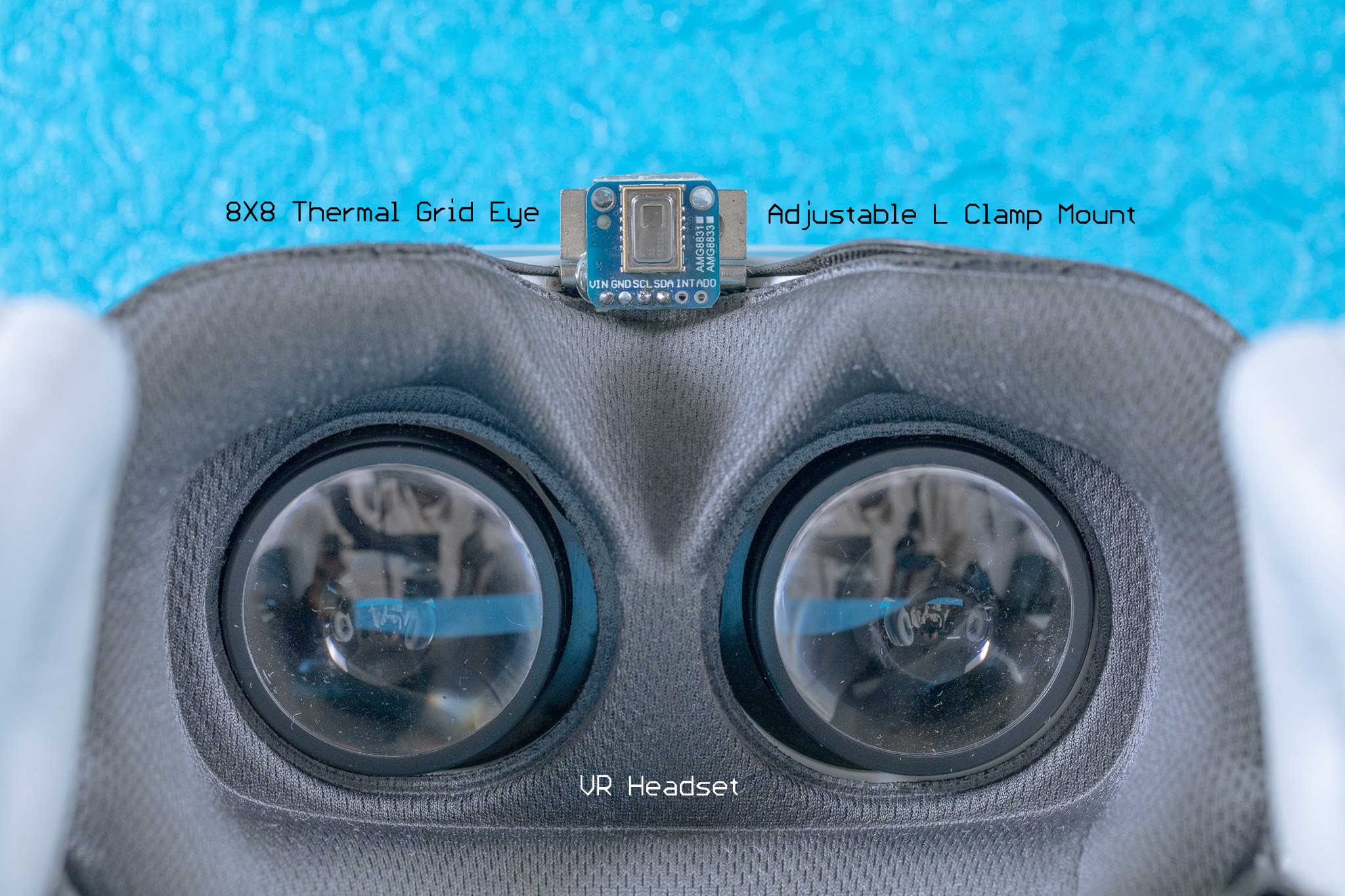
Fig 4B, 4C: Visual of how the temperature sensor is coupled with the VR headset.
Peltier stimulation system:
Peltier elements or thermoelectric coolers are solid state devices that can be used as heat pumps with a high degree of control. They are widely used for various applications where accurate temperature control is required such as Insulin storage boxes or for laser diode cooling. We have explained a lot more on this topic on this build-log. The peltier element we use for our work is a TES1-03102 element with a 15*15 mm size and current consumption of about 2.1A at 3.7V. Power and control of the peltier element is handled by the DRV8835 motor driver using PWM. The peltier further need a proper heatsink to dissapate heat during longer experiences.
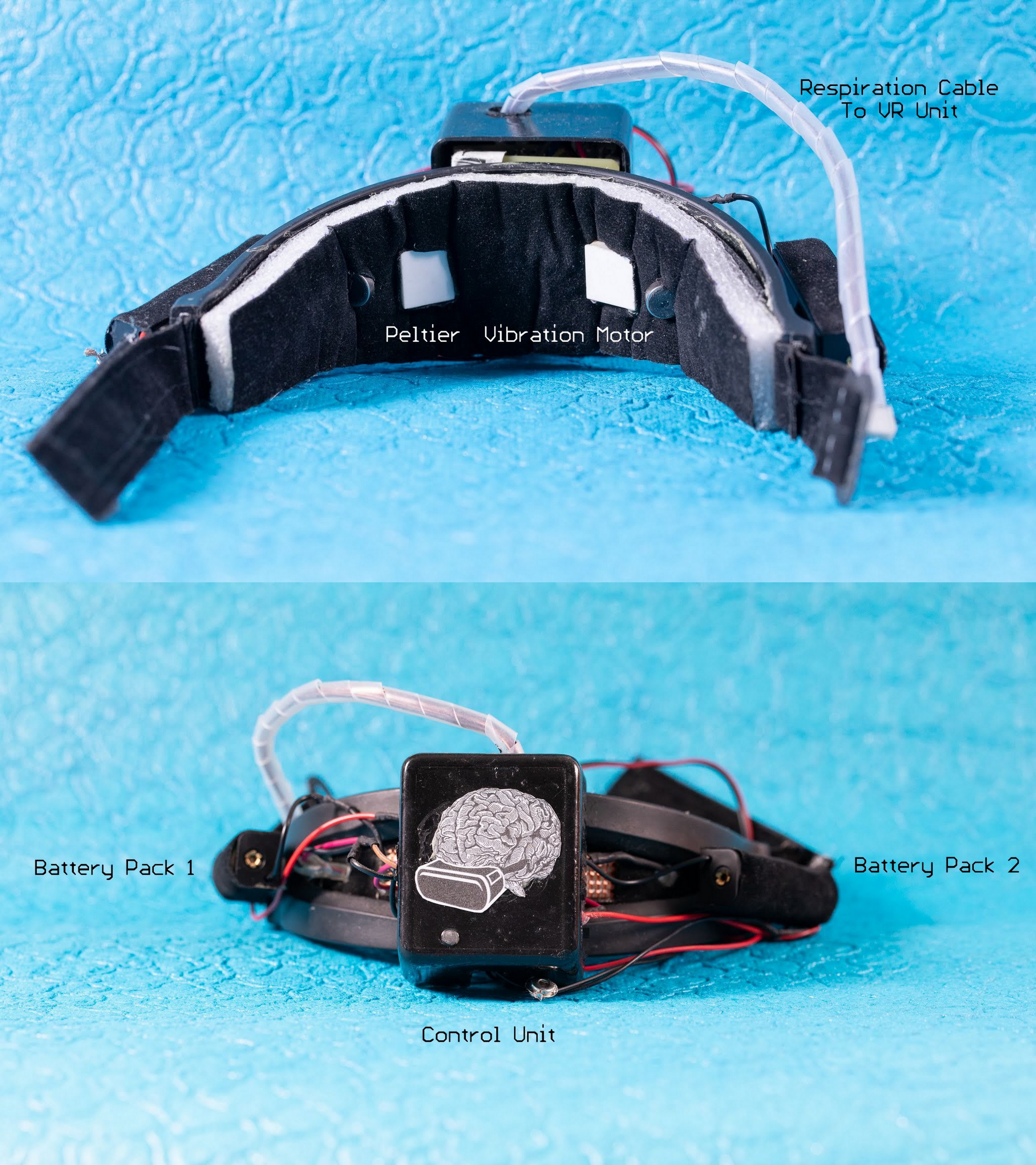
Fig 5A: Peltier elements with heat sinks in the proposed neckband unit
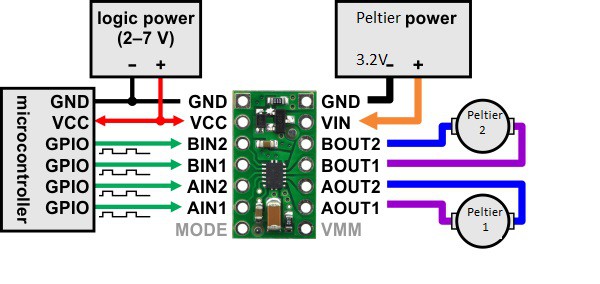
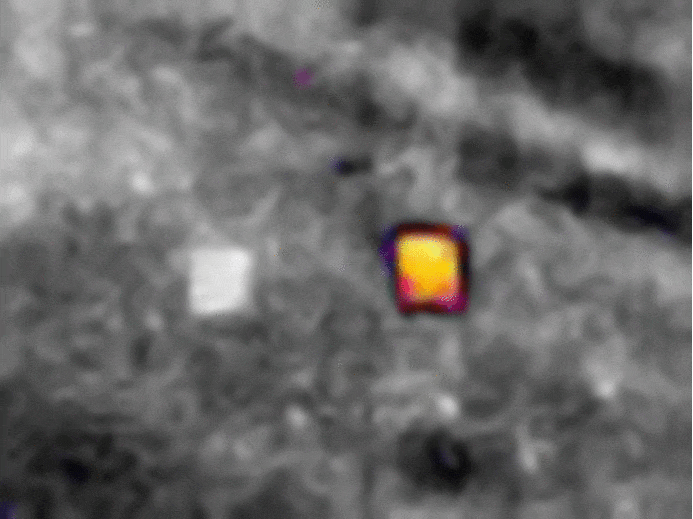
 Varun Suresh
Varun Suresh